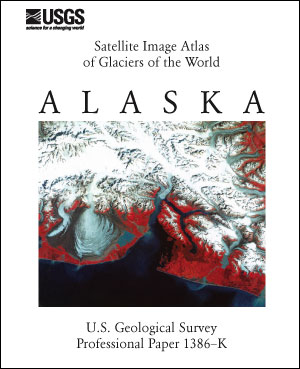1stRambo
Gold Member
- Feb 8, 2015
- 6,221
- 1,019
- 255
Yo, this phony needs to give it up with Climate Change! Mother Nature will do what she wants! He is just after more taxes, simple as that!!!
Obama opens Alaska trip aiming to drive climate to forefront
By JOSH LEDERMAN
Aug. 31, 2015 8:35 PM EDT
ANCHORAGE, Alaska (AP) — President Barack Obama brought the power of the presidential pulpit to Alaska on Monday, aiming to thrust climate change to the forefront of the global agenda with a historic visit that will put the state's liquefying glaciers and sinking villages on graphic display.
During his three-day tour of Alaska, Obama planned to hike a glacier, converse with fishermen and tape a reality TV show with survivalist Bear Grylls — all part of a highly orchestrated White House campaign to illustrate how climate change has damaged the state's stunning landscape. The goal at each stop is to create powerful visuals that show real-world effects of climate change and drive home Obama's message that the crisis already has arrived.
Stepping off of Air Force One, Obama was greeted by Alaska's leaders and the U.S. Army Alaska's commanding general. Small crowds gathered along the streets as Obama made his way through downtown Anchorage, where he planned to meet with Alaska Natives before addressing a U.S.-sponsored summit on climate change and the Arctic.
Later in the trip, Obama will become the first sitting president to travel north of the Arctic Circle when he visits Kotzebue — population 3,153 — to address the plight of Alaska Natives, who face dire economic conditions amid some of the worst effects of global warming.
Obama opens Alaska trip aiming to drive climate to forefront
"GTP"
Idiot Below:

Obama opens Alaska trip aiming to drive climate to forefront
By JOSH LEDERMAN
Aug. 31, 2015 8:35 PM EDT
ANCHORAGE, Alaska (AP) — President Barack Obama brought the power of the presidential pulpit to Alaska on Monday, aiming to thrust climate change to the forefront of the global agenda with a historic visit that will put the state's liquefying glaciers and sinking villages on graphic display.
During his three-day tour of Alaska, Obama planned to hike a glacier, converse with fishermen and tape a reality TV show with survivalist Bear Grylls — all part of a highly orchestrated White House campaign to illustrate how climate change has damaged the state's stunning landscape. The goal at each stop is to create powerful visuals that show real-world effects of climate change and drive home Obama's message that the crisis already has arrived.
Stepping off of Air Force One, Obama was greeted by Alaska's leaders and the U.S. Army Alaska's commanding general. Small crowds gathered along the streets as Obama made his way through downtown Anchorage, where he planned to meet with Alaska Natives before addressing a U.S.-sponsored summit on climate change and the Arctic.
Later in the trip, Obama will become the first sitting president to travel north of the Arctic Circle when he visits Kotzebue — population 3,153 — to address the plight of Alaska Natives, who face dire economic conditions amid some of the worst effects of global warming.
Obama opens Alaska trip aiming to drive climate to forefront
"GTP"
Idiot Below:


